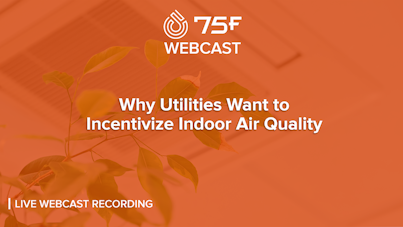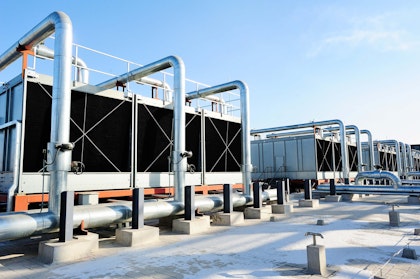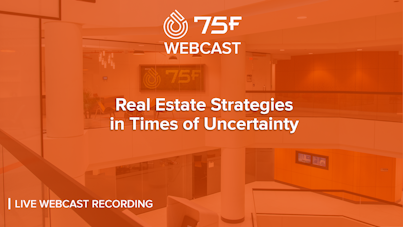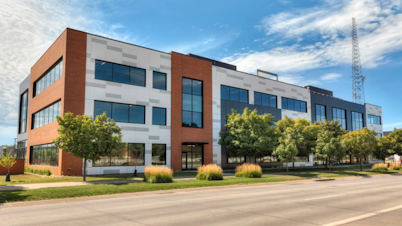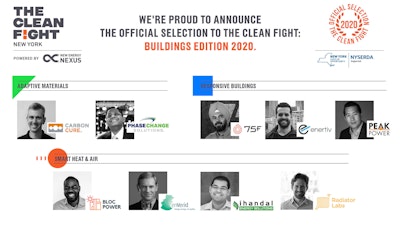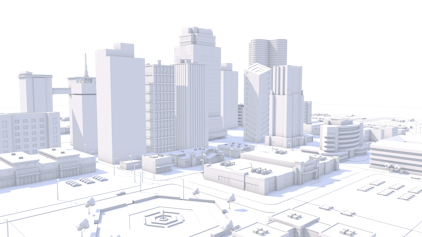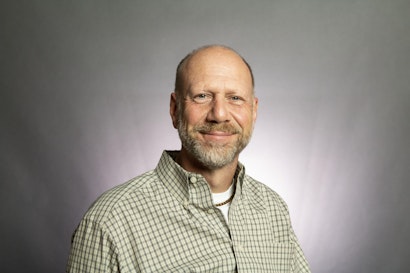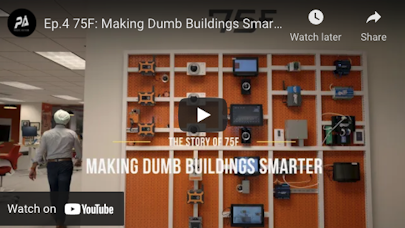Introducing 75F Epidemic Mode!
As businesses reopen across America, buildings are the new front in the fight against COVID-19. 75F recently announced 75F Epidemic Mode™, a new HVAC software sequence to make commercial buildings healthier and safer for employees and customers.
The system is based on the latest guidance from scientists, government organizations, and global industry leaders such as ASHRAE and the CDC.
Epidemic Mode is updated by 75F in the cloud as guidelines from organizations evolve or new data emerges. This means it offers the most current sequences to minimize operating expense and viral transmission, while maximizing indoor air quality (IAQ) and energy efficiency.
75F CEO Deepinder Singh sat down for a Q&A to discuss Epidemic Mode more in-depth...
Q: What is 75F Epidemic Mode?
75F Epidemic Mode is a special feature that we've included in the 75F sequence of operations that gives building owners and facility managers flexibility to turn on measures that are specifically aimed at dilution ventilation to reduce the viral load of pathogens within a building. Specifically, it complies with the ASHRAE and CDC guidelines in terms of how the building should operate given these extreme pandemic conditions.
There are two important pieces that makes 75F Epidemic Mode successful. The first is the 75F Smart Purge™, which brings in 100 percent outside air, or as much outside air as the system will allow with the outside damper open 100 percent. Essentially, this is as a flush of the entire building when there are no occupants, which saves energy because you're not trying to condition the air as much as when the building is occupied.
The second piece is called Enhanced Ventilation, which takes place during occupied hours of any given building. For this aspect of 75F Epidemic Mode, building or facilities managers increase the amount of air which is brought in. During this period of time the building is conditioned to the temperatures that are maintained at a very comfortable level.
The purge comes in two stages: a pre-purge, which occurs for two hours before the building is occupied; and a post-purge, which occurs for two hours after the building has closed and people have left the building. When the building is unoccupied overnight, the outside air damper is brought down to a minimum, decreasing infiltration. Because the outside air doesn't come in, you're not wasting energy anytime that the purge is not active.
Q: When did you/the executive team determine this was something to fast track?
We've been closely monitoring what the ASHRAE and CDC guidelines are, and they have kept evolving over time. On May 7, ASHRAE sent out a bulletin specifically targeting sequences that would be beneficial to reopening. When the buildings and the states started opening up,
we wanted to come up with a sequence that would be specifically beneficial to customers.
Q: Are competitors doing the same thing?
There are some companies who are performing manual workarounds. Modern DDC systems can obviously be overridden so there are ways of manually overriding it. There is no mechanism in current BACnet systems, which is predominantly what the buildings run these days. There is only a concept of occupied and unoccupied modes and there is no other company that has a concept of purge periods.
Q: What Industries/Verticals does this work best for?
Generally speaking, that would be retail, restaurant or commercial office spaces. It is not something that would normally be done in buildings such as hospitals, which have very specific requirements around pressurization. As an example, the operating room in a hospital will typically be positively pressurized so infections don't come in from the outside, whereas an infectious disease room� would be negative so that the infection never escapes the room.
Q: Why does ASHRAE recommend that demand control ventilation be shut down?
This is a really interesting question. For many people, it may actually seem counterintuitive that demand control ventilation should be shut down. But what we're really doing is technically overriding demand control ventilation. The way demand control ventilation works is to reduce the amount of outside air based on the number of occupants in the building. Demand control ventilation is predicated on measuring CO2 levels.
In 75F’s case, we do have granular demand control ventilation, which can go zone by zone and look at CO2. However, CO2 loads are not directly correlated with viral loads. As an example, a single person would not necessarily increase the CO2 load by much in a given room. But a single person could increase the viral load very significantly. The primary reason for that is that CO2 is based on averaging.
The pathogen, the viral load, is not correlated with the CO2 levels, which is why ASHRAE recommends doing a higher level of ventilation, irrespective of the CO2 levels.
Q: Which is more important, ventilation or filtration?
Virus particles are very small. So small, in fact, that most HIPAA filters will not directly catch the particles. There are studies which state that diffusion causes some virus particles which are relatively small to be trapped in our filters. At this point, that is incomplete and unproven.
Generally speaking, systems really need to be updated if you want to trap particles to the size of virus particles in filters. When we put masks on our face, we are not doing that to prevent ourselves from getting infected from virus particles. What we're really doing is preventing the larger droplets from escaping the masks that so that when people are coughing, even if they're asymptomatic, are caught in the mask. The masks are generally there to make sure that people who are infected don't end up spreading that virus infection virally to other people through the droplets through coughing and sneezing.
Q: What is the point of running Smart Purge at night when no one is there, and then again before people arrived?
During the day, when the building is conditioned, the system is not going to be sized to be getting 100 percent outside air under all conditions. The outside air damper is going to be slightly shut down based on the outside load conditions, the humidity or how cold it is.
During the unoccupied time, you have a period where the temperatures are not as important, and you can open the outside damper to 100 percent and truly flush the air. The air flow temperature at that point may be uncomfortable, either in terms of being too cold or too warm, but because there is nobody there, that's something we have the luxury of doing without conditioning to occupied standards.
Q: Should occupied spaces be higher humidity and unoccupied be lower humidity based on what we know now with the guidance from CDC or ASHRAE?
Technically, it’s very hard to maintain differential occupancy in spaces. Small temperature variations somewhere in the region of two to three degrees to perhaps two to four degrees can be maintained between adjacent rooms. Humidity, by the same token, would only be able to differ somewhere around two to five percent, so that is not extremely significant. The kind of variations that we'd be looking for, like in the 40 to 60 percent range that is recommended, should be universally applied.
If you maintain a higher humidity in a space, or you don't end up containing humidity in an unoccupied space, what could end up happening is in the night when the temperatures cool down and the building goes into setback mode, the humidity levels could rise significantly. If they do, you'll end up having condensation and mold problems, which are other IAQ issues. Therefore it may not be just applicable to the viral load, or the COVID piece, but you need to take a more holistic view of the entire building’s health and the health of people inside.


